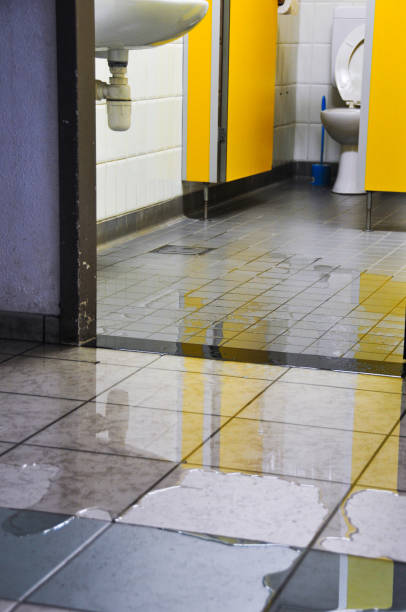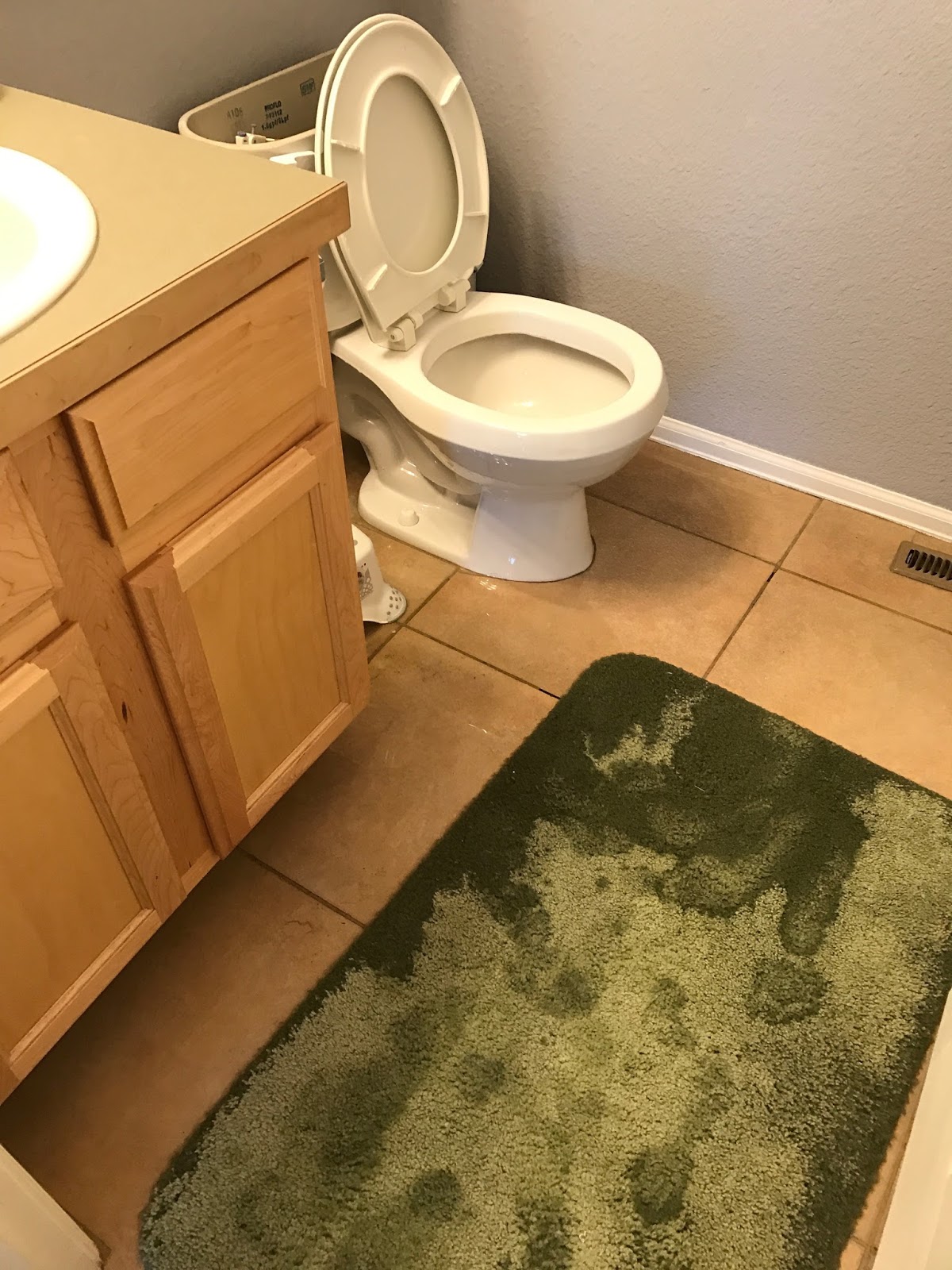Factors Leading to Water Deterioration in the Bathroom
Factors Leading to Water Deterioration in the Bathroom
Blog Article
We've found this article involving How to Repair and Prevent Bathroom Water Damage? listed below on the internet and reckoned it made sense to share it with you in this article.

Water damage frequently happens in the washroom as a result of the water utilized daily. Occasionally, the damages could be a little mold from the shower. Various other times, it's enormous damage on your flooring. Whatever it is, it is always excellent to recognize the cause and stop it prior to it takes place.
This overview will certainly experience several of the typical causes of water damage in the shower room. We will likewise analyze what you can do to prevent these reasons from harming your shower room. Allow's dive in.
5 Common Reasons For Water Damage in Shower Rooms
These are the usual factors you would have water damage in your restrooms as well as exactly how you can identify them:
Ruptured or Dripping Pipes
There are numerous pipes bring water to different parts of your restroom. Some pipelines take water to the commode, the sink, the taps, the shower, and numerous other places. They crisscross the tiny location of the shower room.
Once in a while, these pipes could obtain rustic and ruptured. Other times, human action can trigger them to leakage. When this occurs, you'll locate water in the edges of your washroom or on the wall surface.
To spot this, keep an eye out for gurgling wall surfaces, molds, or mildew. Call an expert emergency situation plumbing professional to repair this when it occurs.
Cracks in your wall ceramic tilesv
Shower room wall floor tiles have actually been specially created for that function. They protect the wall surface from dampness from individuals taking showers. Nevertheless, they are not unbreakable.
Often, your restroom wall surface floor tiles crack and also permit some dampness to permeate right into the wall. This could possibly damage the wall surface if you don't take any action. If you notice a split on your wall surface floor tiles, repair it quickly. Don't wait until it destroys your wall surface.
Overflowing toilets and also sinks
As human beings, often we make mistakes that could create some water damage in the shower room. For example, leaving your sink tap on might cause overruning and damages to various other parts of the bathroom with wetness.
Also, a malfunctioning toilet might create overflowing. For example, a busted bathroom deal with or other parts of the cistern. When this takes place, it can damage the flooring.
As quickly as you see an overruning sink or commode, call a plumbing to help manage it right away.
Roofing system Leakages
Often, the trouble of water damage to the washroom could not come from the bathroom. For example, a roof leak might trigger damages to the shower room ceiling. You can identify the damages done by taking a look at the water stains on the ceiling.
If you locate water spots on your ceiling, check the roofing to see if it's damaged. After that, call a professional to aid address the problem.
Excess Moisture
It's trendy to have that lengthy shower and dash water while you dance around and also act like you're executing, but occasionally these acts might cause water damage to your shower room.
Splashing water around can trigger water to head to corners as well as create mold and mildews. Watch how you spread excess wetness around, as well as when you do it, clean it up to stop damage.
Conclusion
Water damage to your restroom can be irritating. However, you can handle it if you protect against several of the reasons mentioned in this overview. Call an expert emergency plumbing if you discover any serious damage.
How to Prevent Water Damage in Your Bathroom?
Water damage repair is an expensive, meticulous, and lengthy process. Unfortunately, bathrooms are the most susceptible rooms to water damage due to toilets, showers, and sinks. Pipes and fixtures wear out over time and are not immune to damage. But all is not lost, as there are ways to prevent water damage from occurring in your bathroom.
Check Your Plumbing
Nothing lasts forever, especially pipes, which can rust and begin leaking over time. You should periodically conduct pipe inspections and pay attention for any musty smells or water stains that may indicate you need water damage repair. Here are some things to check:
Frequently test valves for your toilet, shower, and sink to ensure they are properly working. Check faucet supply lines hidden under vanities and replace when needed. Replace cracked or deteriorating caulking along sinks, tubs, and showers. If you notice a clog in your sink, call in a professional. Since you can’t check the pipes in the wall, keep an eye out for stains, drywall bubbling, musty smells, and excess moisture; if the bathroom is on a second level, check the ceiling of the room directly below for these signs. Don’t Overwork Your Toilet
One of the most common reasons bathrooms need water damage repair is due to overflowing toilets. Save yourself the hassle of cleanup by being mindful and not pushing your toilet to extreme limits. If you have young children, it is especially important to keep an eye on them when they are in the bathroom and to teach them how to avoid clogging the toilet. Here are some more tips to help prevent your toilet from overflowing:
If you have a septic tank, only use septic-safe toilet paper Do not flush anything down the toilet besides toilet paper; items like diapers and sanitary napkins will clog the piping Pay attention to your toilet’s water level: If it’s low, it could mean it is partially clogged or that there is a crack in the toilet bowl https://www.alure.com/home-improvements-blog/resources/how-to-prevent-water-damage-in-your-bathroom

Hopefully you enjoyed our part about How to Repair and Prevent Bathroom Water Damage?. Thanks so much for finding the time to browse our blog. If you enjoyed our blog post kindly don't forget to pass it around. Thanks so much for taking the time to read it.
Address plumbing needs. Report this page